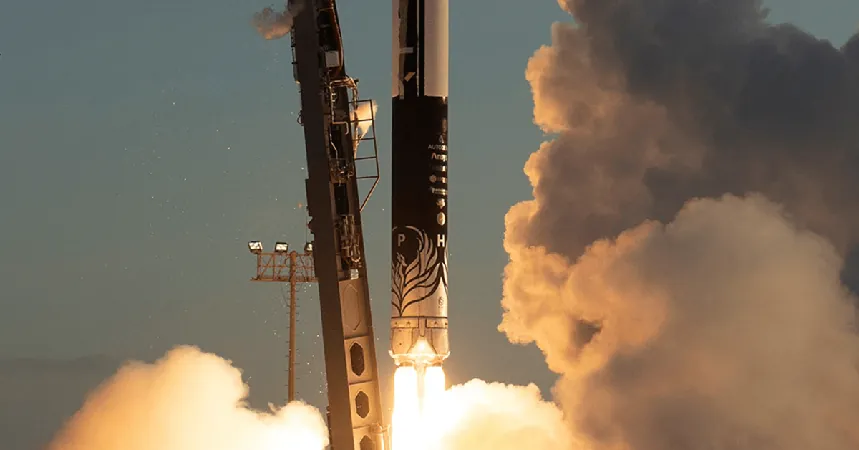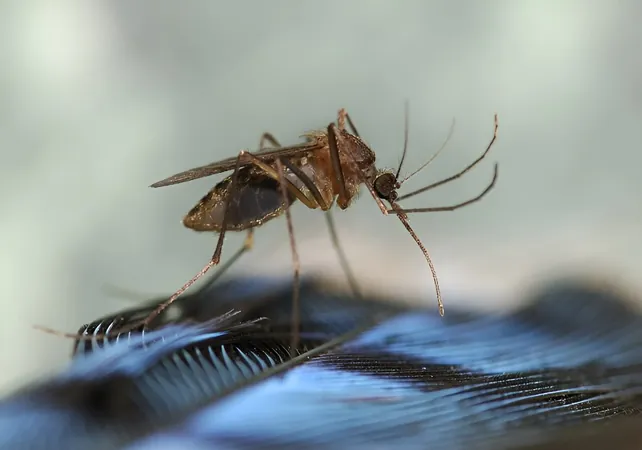
NASA Chooses Firefly Aerospace to Launch NOAA's Game-Changing QuickSounder Satellite!
2024-09-24
NASA Selects Firefly Aerospace for QuickSounder Launch
In an exciting development for environmental monitoring, NASA has officially selected Firefly Aerospace to launch the QuickSounder satellite for the National Oceanic and Atmospheric Administration (NOAA). Announced on Monday, this key collaboration falls under the Venture-Class Acquisition of Dedicated and Rideshare (VADR) contract, which boasts a substantial five-year period and a potential total value of $300 million across all awarded contracts.
Revolutionizing Data Collection
The QuickSounder mission is set to revolutionize how data is collected and utilized globally for weather forecasting and environmental monitoring. This innovative satellite will establish a new architecture in low Earth orbit, aimed specifically at enriching the data pool for the National Weather Service and international stakeholders. QuickSounder is part of the Near Earth Orbit Network—an ambitious partnership between NOAA and NASA that seeks to utilize small to medium-sized satellites outfitted with advanced Earth observation instruments, marking a paradigm shift in satellite technology.
QuickSounder as a Prototype
QuickSounder itself will serve as a pioneering prototype for NOAA's next generation of environmental satellites. It will employ a refurbished Advanced Technology Microwave Sounder instrument, originally launched as part of the Joint Polar Satellite System. This cutting-edge technology is expected to enhance the precision and timeliness of meteorological data.
Launch Timeline and Significance
Scheduled for launch in February 2026, QuickSounder represents a significant leap forward in NOAA's efforts to monitor and respond to environmental changes. As nations grapple with an era defined by climate change and extreme weather events, the insights promised by QuickSounder could become invaluable in managing natural disasters and safeguarding communities worldwide.
Conclusion
Stay tuned as we follow the journey of this groundbreaking satellite and the impact it will have on our understanding of Earth's dynamic environment!



 Brasil (PT)
Brasil (PT)
 Canada (EN)
Canada (EN)
 Chile (ES)
Chile (ES)
 España (ES)
España (ES)
 France (FR)
France (FR)
 Hong Kong (EN)
Hong Kong (EN)
 Italia (IT)
Italia (IT)
 日本 (JA)
日本 (JA)
 Magyarország (HU)
Magyarország (HU)
 Norge (NO)
Norge (NO)
 Polska (PL)
Polska (PL)
 Schweiz (DE)
Schweiz (DE)
 Singapore (EN)
Singapore (EN)
 Sverige (SV)
Sverige (SV)
 Suomi (FI)
Suomi (FI)
 Türkiye (TR)
Türkiye (TR)